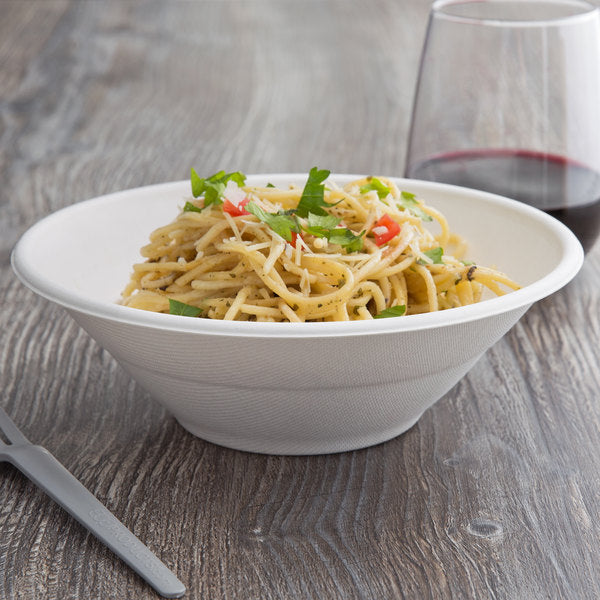Salad oil, a common ingredient in many kitchens, offers a multitude of culinary uses. This article will delve into what salad oil is, its different types, how it's used in cooking, and answer frequently asked questions about its health benefits and storage.
What Is Salad Oil?
Salad oil is a type of cooking oil that is commonly used for salad dressings. It's known for its light flavor and neutral taste, which allows it to complement various ingredients without overpowering them.
Here are some key characteristics of salad oil:
- Neutral Flavor: Salad oil has a subtle taste, allowing it to complement different ingredients without overpowering the dish.
- High Smoke Point: This means it can withstand high temperatures without breaking down or producing harmful compounds, making it suitable for frying, sautéing, and grilling.
- Versatility: Salad oil can be used in a wide range of recipes, from salads and dressings to sauces, marinades, and baking.

Types of Salad Oil
Salad oil is available in a variety of types, each offering distinct flavor profiles and nutritional benefits. Below are some popular options.
Olive Oil
Renowned for its health benefits and characteristic fruity flavor, olive oil is a staple in Mediterranean cuisine. It is rich in monounsaturated fats, antioxidants, and polyphenols, making it a heart-healthy choice. Olive oil is commonly used for salad dressings, marinades, and drizzling over finished dishes.

Canola Oil
Neutral in taste and low in saturated fat, canola oil is a popular choice for all-purpose cooking and salad dressings. It is a good source of omega-3 fatty acids, which are essential for heart health. Canola oil has a high smoke point, making it suitable for frying, sautéing, and baking.
Sunflower Oil
Sunflower oil offers a mild flavor and is high in vitamin E and omega-6 fatty acids. It is suitable for baking, frying, and salad dressings. Sunflower oil has a neutral taste, making it a versatile option for various culinary applications.
Avocado Oil
Avocado oil, with its slightly nutty flavor, is a rich source of monounsaturated fats and antioxidants. It is ideal for salad dressings, sauces, and baking. Avocado oil has a high smoke point, making it suitable for high-heat cooking.

Grapeseed Oil
Grapeseed oil, known for its high smoke point and neutral taste, is a good choice for high-heat cooking and salad dressings. It is packed with antioxidants and polyphenols, which can help protect against cell damage. Grapeseed oil has a light, delicate flavor that complements a variety of dishes.
Sesame Oil
Sesame oil, with its distinct nutty and slightly smoky flavor, is commonly used in Asian cuisine. It is rich in antioxidants and omega-6 fatty acids. Sesame oil is often used as a finishing oil for dishes to add a depth of flavor.
Salad Oil Application in Cuisine
Divers in types and having a neutral flavor profile and high smoke point, salad oil is a suitable choice for various cooking methods and flavor profiles. Below are some key applications.
Salad Dressings
The most common use of salad oil is in creating salad dressings. Its neutral taste allows the flavors of other ingredients, such as vinegar, citrus juice, herbs, and spices, to shine through. Classic combinations include vinaigrette, Caesar dressing, and Italian dressing.
Sauces and Marinades
Salad oil can be used as a base for sauces and marinades, adding richness and emulsification. Popular examples include aioli, pesto, and chimichurri sauce.
Baking
Certain types of salad oil, like canola oil, can be used in baking to add moisture and tenderness to baked goods. It can be used as a substitute for butter or shortening in recipes like cakes, muffins, and cookies. For a healthier option, try using avocado oil or grapeseed oil.

Frying and Sautéing
Salad oils with high smoke points, such as canola oil or grapeseed oil, are ideal for frying and sautéing. They can withstand high temperatures without breaking down, ensuring even cooking and preventing food from sticking to the pan. When frying, it's important to use a deep fryer or a large pot to avoid splattering.
Finishing Touches
Salad oil can be used as a finishing touch to add shine and flavor to dishes. Drizzling a small amount of olive oil over grilled vegetables, pasta, or roasted meats can enhance their appeal and taste. For a more intense flavor, try infusing the oil with herbs or spices before using it.

Flavor Infusions
Salad oil can be infused with herbs, spices, or aromatics to create flavorful oils that can be used in various culinary applications. Infused oils can add depth and complexity to dishes without overpowering the main flavors. For instance, garlic-infused olive oil can be used to drizzle over roasted vegetables or pasta, while chili-infused oil can add a spicy kick to stir-fries or soups.
Regional Cuisine
Salad oils play significant roles in regional cuisines. For example:
- Asian Cuisine: Sesame oil is a staple ingredient used for its nutty and slightly smoky flavor. It is commonly used in stir-fries, marinades, and dipping sauces.
- Mediterranean Cuisine: Olive oil is a cornerstone, used for salad dressings, cooking, and as a finishing oil. It is rich in healthy monounsaturated fats and antioxidants.
- North African Cuisine: Argan oil is commonly used for its nutty flavor and antioxidant properties. It is often used in Moroccan cuisine for salad dressings, cooking, and as a finishing oil.
- South American Cuisine: Avocado oil is popular for its mild, nutty flavor and high smoke point. It is often used in Peruvian cuisine for salad dressings, marinades, and cooking.
Salad Oil FAQ
What Is the Difference Between Salad Oil and Cooking Oil?
Salad oil is generally milder and better for cold uses like salad dressings. Cooking oil is more versatile for hot and cold applications. However, some oils, like olive oil and canola oil, can be used for both.
Is Salad Oil Healthy?
Yes, salad oil can be healthy, especially when chosen wisely. Many types of salad oil, such as olive oil and canola oil, are rich in healthy monounsaturated fats and antioxidants. These fats can help lower cholesterol levels and reduce the risk of heart disease. However, it's important to consume them in moderation, as excessive intake of any oil can lead to weight gain.
How to Store Salad Oil
Proper storage of salad oil is essential to maintain its quality and prevent spoilage. Here are guide to store salad oil:
- Store in a cool, dark place: Avoid storing salad oil near heat sources or in direct sunlight.
- Keep the bottle tightly closed: Exposure to air can cause oxidation, which can affect the oil's flavor and quality.
- Refrigerate oils prone to solidification: Some oils, like olive oil, may solidify at cooler temperatures. If you prefer a liquid consistency, you can store them in the refrigerator.
- Use within the recommended shelf life: Most salad oils have a shelf life of about 12 months. However, the actual shelf life may vary depending on the type of oil and storage conditions.
- Check for signs of spoilage: Look for changes in color, smell, or taste. If the oil appears cloudy, has a rancid smell, or tastes off, it should be discarded.







